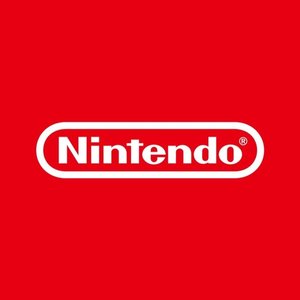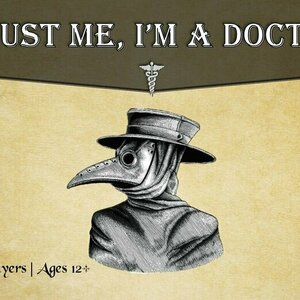
Trust Me, I'm a Doctor
Tabletop Game
Trust Me I’m a Doctor is a hilarious card game that lets you become an old time doctor, treating...

Lost Ruins of Arnak: Expedition Leaders
Tabletop Game
Return to the mysterious island of Arnak in Lost Ruins of Arnak: Expedition Leaders! Give your...
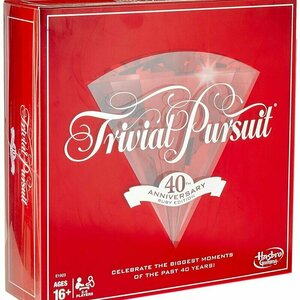
Trivial Pursuit 40th Anniversary Ruby Edition
Tabletop Game
Can you remember the biggest moments of the past 40 years? Celebrate the 40th Anniversary of the...
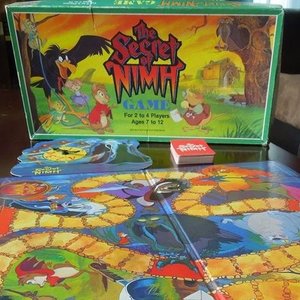
The Secret of Nimh Game
Tabletop Game
You are in the shoes of Mrs. Brisby as she makes her frantic journey to save her home and her...
BoardGames MoviesintoGames WeCanDoBetter
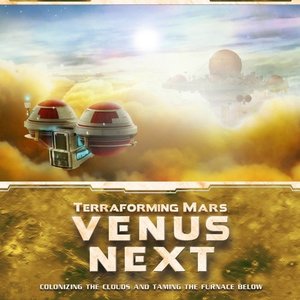
Terraforming Mars: Venus Next
Tabletop Game
Venus. a very deadly world. but it has potential! Up among the corrosive clouds, far away from the...
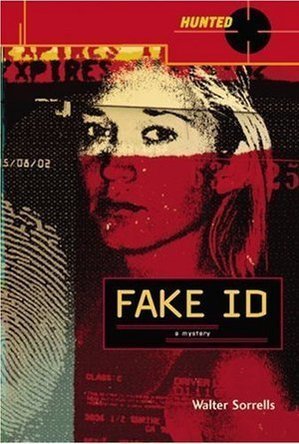
Fake ID (Hunted #1)
Book
Sixteen-year-old Chastity and her mother have been on the run since Chass was a baby, assuming new...

Blitzkrieg!: World War Two in 20 Minutes
Tabletop Game
Recreate World War Two in 20 minutes! The perfect wargame for non-wargamers, Blitzkrieg! allows two...

Hexes and Hijinx (The Lost Witch #2)
Book
I went against the Coven. What’s the worst that could happen? When your dad is the head of the...
Urban Fantasy Romance
Purple Phoenix Games (2266 KP) rated The Quest Kids in Tabletop Games
Mar 26, 2021
The Quest Kids is a dungeon crawler style board game for players as young as five years of age. Yes, FIVE! In it, players are acting as one of these Quest Kids, attempting to explore the cave of Tolk the Wise. The Quest Kids will find abilities to enhance their own, treasures to collect, and silly bad guys to scare away within, and the player with the most stars (VP) at the end will win the game!
DISCLAIMER: We were provided a copy of this game for the purposes of this review. This is a retail copy of the game, so what you see in these photos is exactly what would be received in your box. I do not intend to cover every single rule included in the rulebook, but will describe the overall game flow and major rule set so that our readers may get a sense of how the game plays. For more in depth rules, you may purchase a copy from the publisher online or from your FLGS. -T
To setup, place the large game board on the table and populate it with the green, gray, and red Dungeon Tiles according to the rules. Also prepare the card decks and place them appropriately in their spaces on the board. The Treasure Tokens are placed in the Treasure Bag. Each player will receive one Quest Kid Player Mat and matching figurine. In addition each player will receive three starting Health Cards, one Quest Card, and one appropriate starting Ability Card. The game may now begin from the entrance to the cave!
On a turn players will be able to have free movement around the board exploring tiles and resolving them in turns. Green tiles are always good for the players, Gray tiles may have some bad guys but are predominantly good, and Red tiles are littered with those silly bad guys that will need to be scared away. A player will travel to a board location and encounter a Dungeon Tile by flipping it over and collecting the resources shown or attempting to scare away the bad guys. Bad guys can be scared by discarding the printed Ability Cards on their tile. Once discarded, the player collects the tile to their Player Mat for stars at game end.
Sometimes players will encounter a bad guy they do not possess enough Ability Cards to scare away. In these scenarios the player may ask the other players for help. Nonactive players may then offer Ability Cards from their stash in order to help achieve the goal. For every Ability Card donated to the cause the donating Quest Kid will receive one Kind Kid Card. Kind Kid Cards are always great and can be resolved at ANY time during the game. Should a player encounter a bad guy they cannot scare away and other Quest Kids cannot help with Ability Cards, the active player will suffer a loss of one of their Health Cards (worth two stars).
Some tiles or Quest cards will instruct the player to draw one or more treasures from the Treasure Bag. Most treasures are good and provide stars, but some are blobs that eat stars. Each Treasure Token also has two values. The top value is for the normal amount of stars. However, the bottom value is worth more stars if the controlling player matches the Quest Kid printed on the token. Some treasure may be worth just one star unless the Quest Kid is a match, in which case it is then worth three stars, for example.
Turns continue in this fashion until all Dungeon Tiles have been resolved or a stalemate reached. At this point all players count up their stars they have collected from various sources and the player with the most stars is the winner!
Components. This is a kids’ game, can we all agree? THIS kids’ game, however, boasts some of the most interesting and wonderful components I have seen. The board is huge and depicts a magical cave. Super cool. The tiles are easy to read and understand, as with all the iconography. The Quest Kids themselves all have the same abilities (unless the expansion is added – and the review for that is coming soon), so that smaller children are not burdened with having to remember their special abilities. There are these plastic Tolk Gems that can be collected during the game and children absolutely flip for these things. And did you see those colorful and very big minis? I mean, come on! It’s a kids’ game! They LOVE minis! The game also comes with cardboard standees in case your children cannot handle the minis carefully enough.
Here is the deal. I absolutely adore these Quest Kids games. They are absolutely the perfect difficulty for young gamers who are ready to step up from the Candy Lands and Chutes & Ladders. Now, the box suggests 5+ but my 4-year-old did just fine with it, so take that with a grain of salt. Having had him already familiarize himself with The Quest Kids characters in The Quest Kids: Matching Adventure, this was an easier process getting this game to the table for us.
The game gives an exciting dungeon crawl experience for younger children, and it’s honestly something I never really knew I needed in my life until I now have it. It is so simple to teach and play and definitely encourages helping other players, if even just because you receive those Kind Kid cards in return. Anything to create that helpful player atmosphere to prepare them for heavier cooperative games is much appreciated.
Please do not misunderstand me. The Quest Kids is targeting younger players, but I do believe that any aged gamer could appreciate and have a good time with this. It certainly will not fill the void of other dungeon crawlers, but if you need a fix and would like to spend 20-45 minutes playing something to scratch that itch, then pull out your copy of The Quest Kids. It is super-light, colorful, and is a perfect stepping stone to bigger cooperative games. Purple Phoenix Games (with special guest Finley) gives this one a Kind 11/12. Please visit the publisher’s website to pick up your copy, and have a great time introducing your children (or partners, in-laws, grannies, pets, whomever) to cooperative dungeon crawls that will have you leaving the table in a much better mood than when you sat down.
